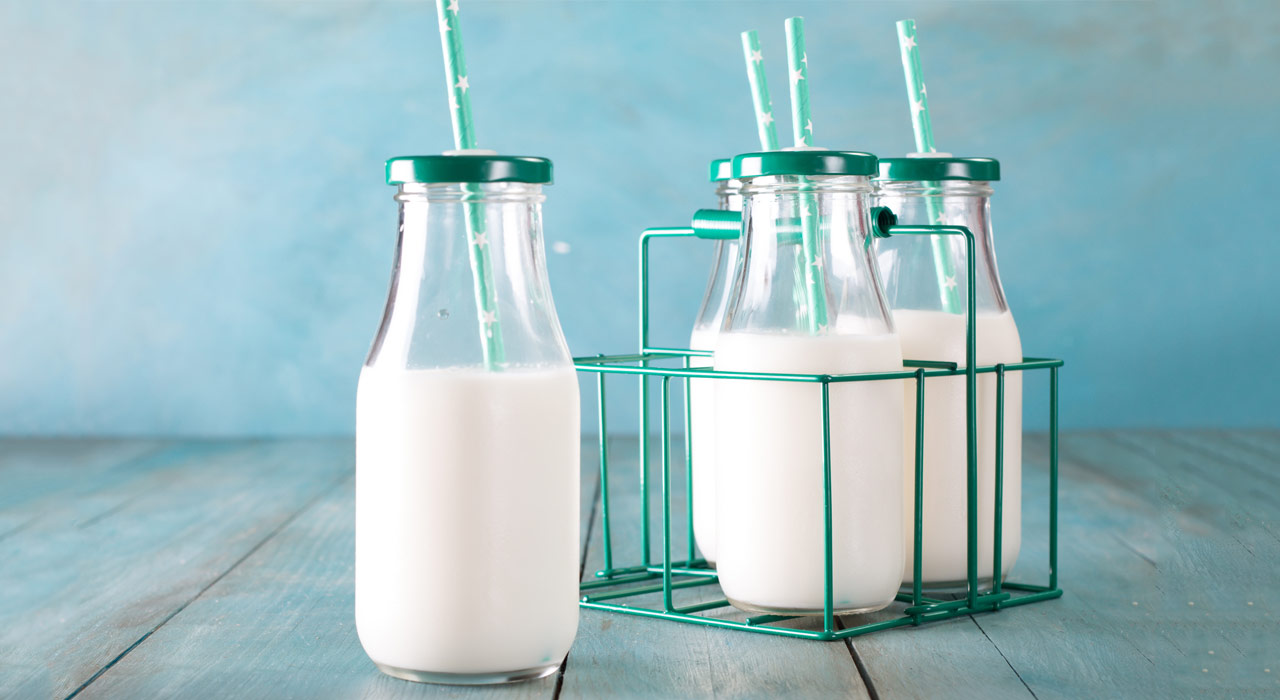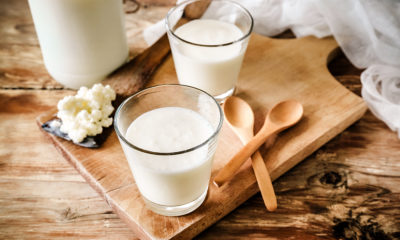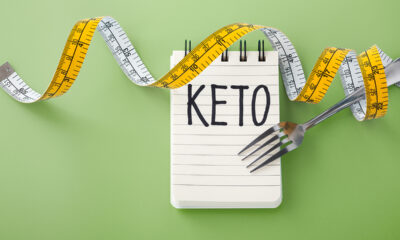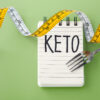Health
The Benefits Of A Dairy Free Diet
Dairy is a staple in the American diet and many of us grew up with our parents making sure we drank enough milk and had at least two-three servings of dairy per day.
Dairy is so popular, in fact, that in 2012, the average American consumed 279 pounds of dairy product in one year – that’s wild! The USDA Dietary Guidelines recommend that everyone eat low-fat dairy daily because it is full of minerals and vitamins like calcium, Vitamin D, Vitamin B, and protein.
However the way dairy can affect your body may also lead to unpleasant side effects if you aren’t able to properly digest it.
What is lactose?
Lactose is a type of sugar found in milk and other dairy products that are broken down by an enzyme called Lactase – found in your small intestines. If your body doesn’t produce Lactase, then you are considered lactose intolerant.
When someone is lactose intolerant, they experience symptoms like abdominal pain, bloating, diarrhea, gas, and nausea when they eat dairy products. Even if you aren’t lactose intolerant, dairy may still affect your body negatively. Besides the sugar found in dairy, there are also two proteins found in milk that your body may react poorly to.
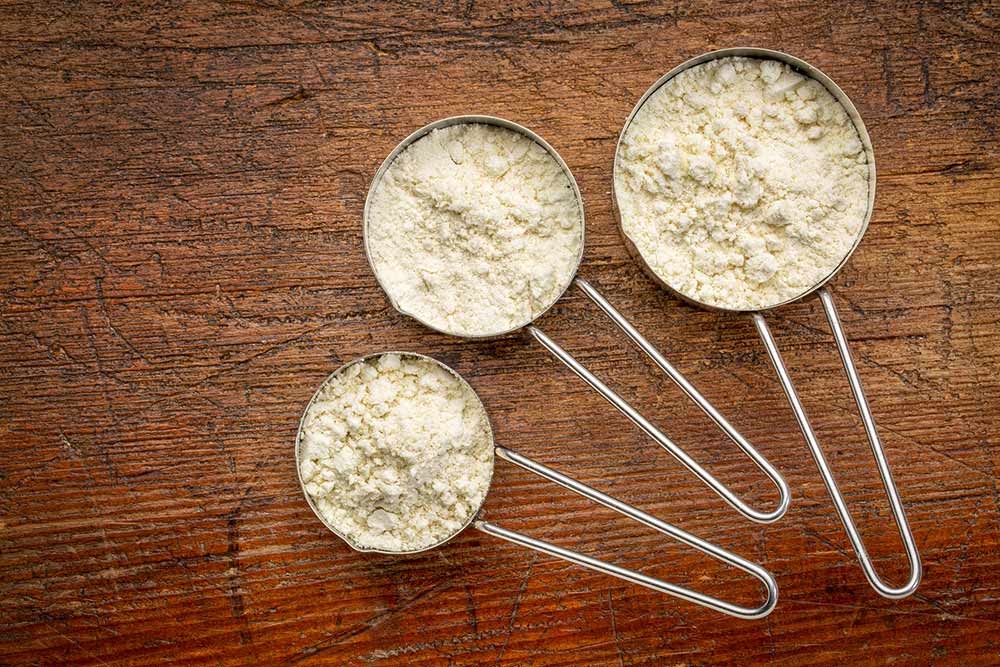
Casein and Whey
These proteins, Casein and Whey, may cause inflammation in your body that causes the same uncomfortable symptoms as being lactose intolerant. Dairy is also an acid-producing food, which means that when you eat it the pH balance in your body is thrown off balance.
When we eat foods containing dairy, our body has to work harder to balance our pH back to baseline. Depending on the dairy products you buy, your dairy may also be full of hormones and antibiotics.
Dairy farmers have long been injecting their cows with hormones in order to make them produce more milk. This forced milk production can lead to infections in their udders, which in turn requires the cows to need antibiotics. These hormones and antibiotics are then transferred to the cow’s milk, which we use to make all of our dairy products.
– READ MORE: Do Your Crazy Fad Diet Plans Actually Work? –
Testing your tolerance
To determine if your body is able to digest lactose, casein, and whey there are in office exams that can be done. A head-to-toe physical exam by your primary care provider can help identify if you are experiencing symptoms associated with eating these products.
Your physician can give you a lactose intolerance test that will gauge your body’s reaction to a drink that is high in lactose. Two hours after consuming the drink, blood tests are done to determine if your body was able to digest the lactose.
A hydrogen breath test is another way to determine whether you’re lactose intolerance or not. For this, you drink a liquid high in lactose and then the amount of hydrogen in your breath is measured.If you have a higher then normal level of hydrogen in your breath, this means you are not digesting lactose well.
For infants and children, a stool acidity exam can be done, as they will have a harder time performing the first two exams. There is also an at home test made by Meridian Valley Lab that you can take home and self-administer to determine if your body has allergic reactions to dairy products and many other foods as well.
In order to check if you’re sensitive to casein and whey, an ALCAT test can be used. This measures your body’s reactions to certain foods at the cellular level. A small sample of your blood is sent to a lab where your white blood cells are tested against foods and other substances to see if it elicits and inflammatory response.
The results will tell you exactly what foods your body reacted to, so you can try eliminating them from your diet to see if your symptoms are improved.
Cutting out dairy
If you think you have a dairy intolerance or you are trying to eliminate dairy from your diet in general, there are plenty of other ways to get the benefits of from these foods. Broccoli, spinach, oranges, salmon, beans, and many other foods are high in calcium.
Other milk alternatives like soy milk, rice milk, almond milk, and cashew milk are also very high in calcium. You can also use these dairy alternatives when you are cooking and baking to help eliminate dairy from your favorite meals and desserts.
If you are eating a diet rich in whole foods, fruits and vegetable, you will be getting the vitamins and minerals that your body needs without having to eat dairy products. There are dairy alternatives for milk, cheese, yogurt, ice cream, coffee creamer and all your favorite foods, as long as you know where to look.

Read the label
Besides learning about dairy-free food alternatives, it is important to educate yourself on how to read a food label. Dairy is often hidden in the ingredients list of premade and packaged foods, so you may not even realize you are eating it. By checking the ingredients list on your foods labels for certain dairy containing items, you can guarantee you are choosing dairy-free foods.
Some more obvious known alternative names for dairy include whey, casein, milk, butter, and cream. Sometimes ingredients may or may not contain dairy like with galactose and prebiotics. Galactose is a lactose derivative that can come from milk, but may also come from sugar beets. Prebiotics contain some ingredients that are derived from milk-based foods.
– READ MORE: A Complete Guide To Understanding Protein –
You can find a full list of alternative dairy names, and dairy free foods on www.godairyfree.org. You can also check for the Kosher symbol called “Parve/Paerve” on your food labels which will ensure they are do not contain any dairy.
When eating out, it can be hard to know if something contains dairy. By choosing more simple meals with basic ingredients, like protein/carb/vegetable combinations, you can help maintain a dairy-free lifestyle even while eating out.
Stay away from creamy soups and drinks, as these are likely to contain some form of dairy. Most restaurants cook with a lot of butter so let your server know that you are unable to consume dairy and need your food cooked without butter, cream, etc so they know to prepare your food differently.
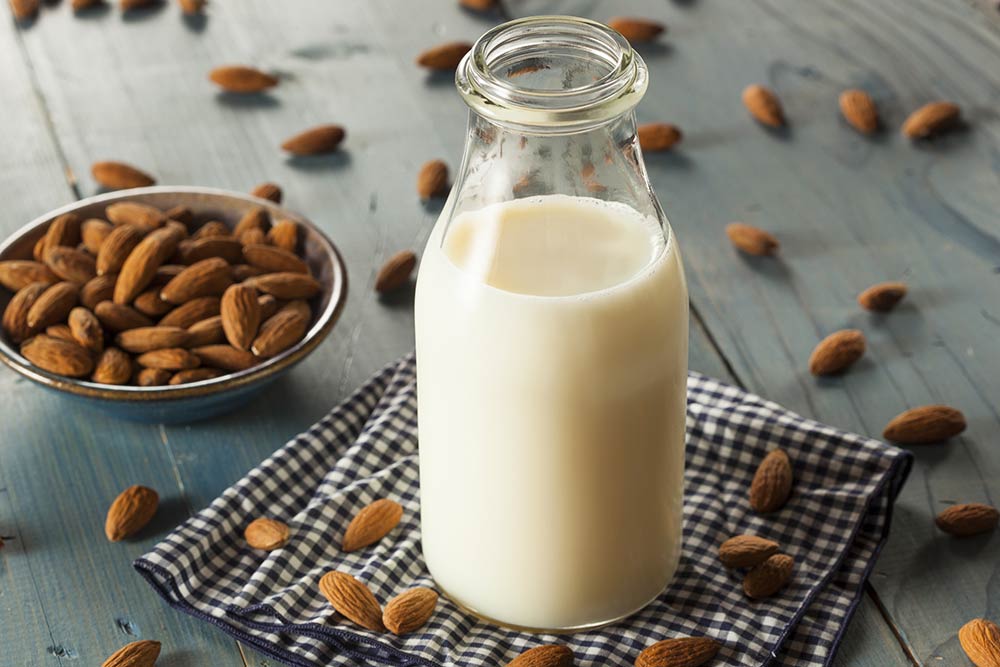
When you decide to go dairy free, it may seem frustrating to find the alternatives that are available in your area. However, many of your local grocery stores have dairy free sections and products available. Some stores found in many areas include:
• Whole Foods
• Trader Joe’s
• Westborn Market
• Plum Market
• Natural Grocers
• Sprouts
• Wegman’s
• Fred Meyer
• Kroger
Being dairy free doesn’t have to be hard. There are so many places that are now making accommodations to menus and products so that they have dairy free options, plus so many new options are now becoming available as this lifestyle becomes widespread.
I have seen benefits in my own health, as well as the health of my clients, from switching to a dairy-free diet. If you think you may have some sensitivity to dairy, visit your primary care practitioner and don’t be afraid to limit or eliminate it from your intake to see how your body responds.
For more health advice, sign up for the TRAIN for HER newsletter today!


